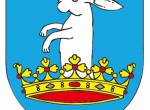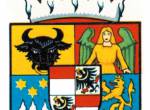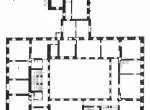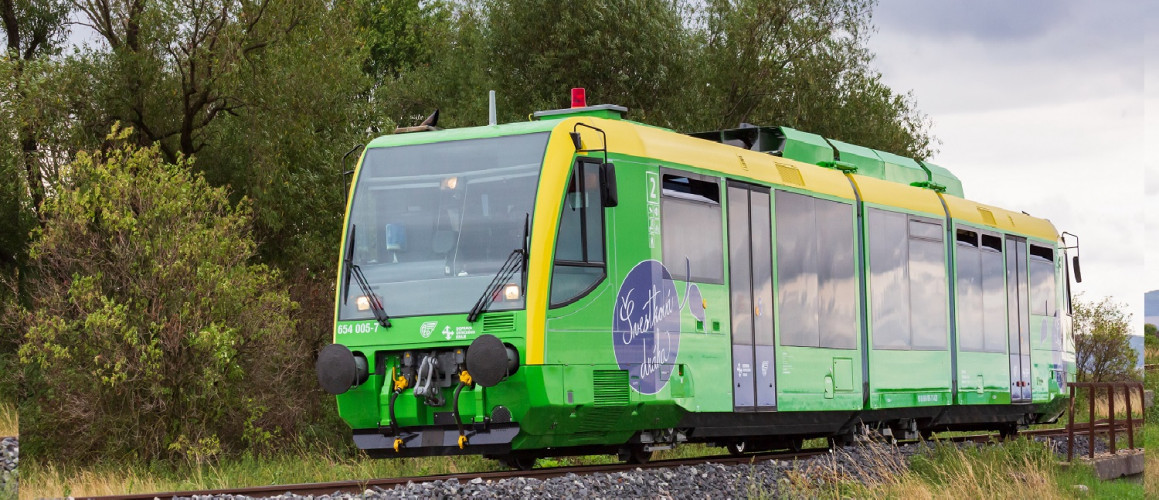
Take the Central Bohemian Uplands Nostalgic Train to Třebenice to see Czech garnets
Trip on the route Lovosice - Třebenice - Hazmburk - Libochovice - Budyně nad Ohří - Roudnice nad Labem
This unique trip to see the beautiful Czech garnets begins at a stop of the Central Bohemian Uplands Nostalgic Train in Lovosice, from where you can ride a bike to Třebenice. Here, in addition to the Czech garnets, you can also admire an exhibition of castles in the Central Bohemian Uplands. The local chocolate factory with various types of chocolate will certainly be an attractive destination specially for children. After visiting Třebenice, you can set off on a red tourist route through Klapý to Hazmburk Castle. Then you continue and follow the red route to Libochovice. There you visit its greatest attraction – the local castle. Here you can end your trip and return on your own back to Lovosice via Chotěšov, Vrbičany and Siřejovice (approximately 15 km), or continue to Budyně nad Ohří, for example, to the water castle. From there you return to Lovosice to the starting point of the trip through Písty, Doksany, and Lukavec (approximately 20 km).
When the season ends, when the Central Bohemian Uplands Nostalgic Train (T4) does not operate, we use regular train or bus connections.
Stops
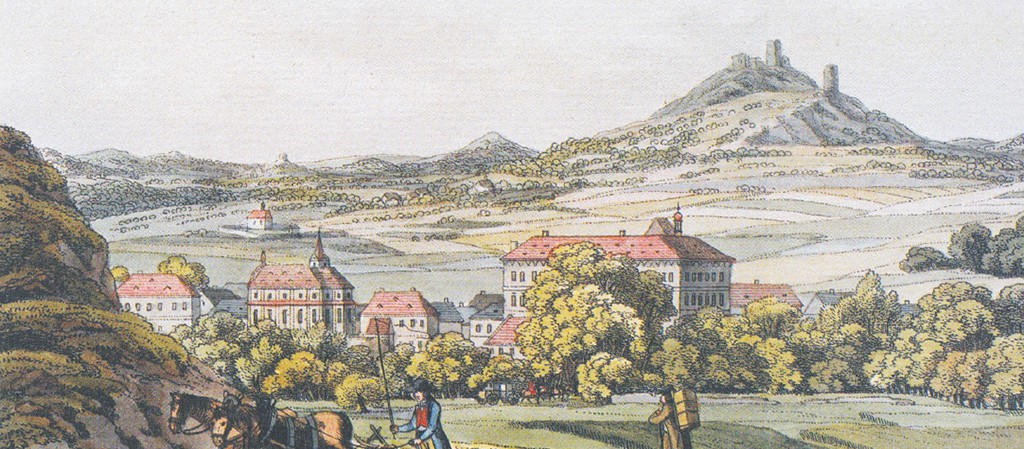
Libochovice
The history of the Libochovice settlement is probably very old, but based on written reports it is at least documented. In 1335, King John sold the Luxembourg Castle with the Klapý manor and its surroundings, which also included the town of Libochovice with a fortress, to Zbyněk Zajíc of Valdek.
The town’s disaster came in 1424, when it was conquered and burned by the Hussites, and probably suffered during the army campaign of George of Poděbrady against the rebellious nobility in 1469. The turnaround of the situation happened in the following century, when the restored town received some privileges. After 1558, when the Házmburk estate was bought by Jan from Lobkovice, Libochovice became its centre. The Lobkovics had a Renaissance chateau built in the area of a desolate fortress, and the town gained many privileges at that time, including the right to brew beer (in 1591). The Lobkovice family owned the Libochovice manor until 1594, when it was confiscated due to the rebellious attitude of Jiří of Lobkovice towards the emperor. Then Libochovice was a chamber farm for a while, until it was acquired by Adam of Šternberk in 1613, who immediately confirmed the city's privileges. In 1676, the Libochovice manor was bought by Gundakar of Dietrichstein, who then had the castle costly reconstructed. The last private owners of the Libochovice manor were the Herbersteins in the years 1858 - 1945. On December 17, 1787, the excellent Czech scientist Jan Evangelista Purkyně was born in Libochovice.
Apart from the chateau, there are other very important sights such as the originally Gothic church, which was rebuilt after 1700, the All Saints' Church, the cemetery church of St. Lawrence from the first quarter of the 18th century and a number of statues and protected houses.
The Château
Before the Libochovice chateau, there was a fortress, first mentioned in 1335, which King Jan of Luxembourg also sold that summer as well as the town, manor and castle of Klapý and other parts to Zbyněk Zajíc of Valdek. We do not know who and when exactly built the Libochovice fortress. In 1424 Libochovice was conquered and burned down by the Hussites. Whether the fortress was then restored is not entirely clear. However, in the country plates, it was marked as a desolate castle in 1550. A turning point in the situation occurred in 1558, when Kryštof Zajíc of Házmburk sold the Házmburk manor to Jan of Lobkovice, who built a Renaissance chateau on the site of the destroyed fortress. The Lobkovice family owned the Házmburk - and later the Libochovice - manor until 1594, when rebellious attitude of Jiří starší of Lobkovice towards the emperor fell into confiscation. Libochovice was then a chamber farm for a while, until in 1613 Adam of Šternberk acquired it. In 1661 a fire damaged the chateau and the town, and because the owner of the manor, Václav Vojtěch of Šternberk, did not have sufficient funds for their restoration, he sold them in 1676 with the manor to Gundakar of Dietrichstein. He immediately started the necessary construction projects, during which the Libochovice chateau was reconstructed and rebuilt in the Baroque style in the years 1683–1690. The reconstruction was designed by the well-known Italian architect Antonio della Porta. After Dietrichstein, Herbersteins had Libochovice in 1858 thanks to the basis of kinship ties and they held them until the nationalization in 1945. Libochovice Castle is the birthplace of the outstanding Czech scientist Jan Evangelista Purkyně, who was born here on December 17, 1787.
Libochovice Chateau is a two-storey early Baroque building with a rectangular inner courtyard. From the northern façade, a chapel with a prismatic tower and Renaissance parts leads towards the square. In its vicinity there is a portal to the entrance to the castle, decorated with the Dietrichstein emblem. The castle wings are open to the courtyard by arcades, with the exception of the entrance wing, where the arcades are dead-end. The shorter wings - western and eastern - have dead-end arcades on the first floor. The eastern, garden façade is connected to the courtyard at the level of the ground floor by a sala terrena. The decoration of the sala terrena is from the year 1690 and is the work of plasterers J. Tencally G. Mattoni. On the south side, a large park is right next to the castle building.

